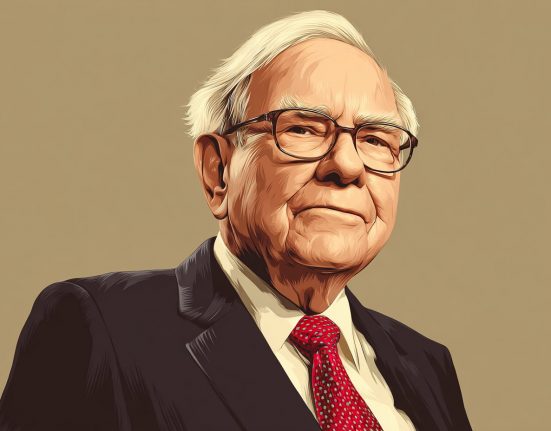Investing in the US markets is pretty much a no-brainer but a few questions need to be answered before you start the journey.
Investing in US stocks offers several benefits – a hedge against India risk, upside from INR depreciation against USD, and of course, access to innovative and iconic companies that are global champions across sectors. In addition, due to its depth and breadth, the US market can serve as an easy gateway to the rest of the World, including, slightly inaccessible markets like China.
Investing in the US markets is pretty much a no-brainer, in my view, but a few questions need to be answered before you start the journey.
How to invest in US markets?
You can get started by opening a brokerage account that allows you to buy US stocks. There are several options to choose from, including, a major US brokerage firm (Interactive Brokers) that offers direct services, venture-funded companies that offer curated portfolios (Vested and Stock to name a couple), NSE (NSE IFSC), and BSE (India INX) platforms for buying foreign stocks, and some Indian brokerage firms (like Motilal Oswal) that also have tie-ups with US counterparts.
Any of these routes will require conversion to US dollars and be covered under LRS (Liberalized Remittance Scheme) for individual investors where the maximum is $250,000 a year. Also, under LRS, investors are prohibited from trading derivatives or any margin products.
There are some Indian mutual funds (both active and passive) that offer indirect exposure to the US as well, but they often pause lump-sum investments because they are subject to industry-wide caps.
In addition, there are also managed funds that are domiciled overseas that offer exposure to the US market, again under the LRS route. Typically, these funds are targeted toward HNIs since they have high minimum investment thresholds.
Where to invest?
Again, here the answer will vary depending on each investor’s risk profile, but a frontline ETF tracking a broad index like S&P 500 or the NASDAQ 100 is a good place to start. For instance, State Street’s SPDR S&P 500 ETF Trust (Ticker: SPY) has over $350 billion in AUM and an expense ratio of under 0.1%. If you are a bit more investment savvy, you could consider investing in themes and sectors through ETFs, or for a professional investor to dabble in individual stocks as well. As mentioned, the US can be a gateway to several exciting themes like biotech, EVs, China, and of course, tech.
How much to invest?
Again, it really depends on each investor’s risk profile, but, generally, an exposure as high as even 20-30% could make sense for a relatively young person’s portfolio.
What else?
As always, taxes, brokerage, forex fees, and other charges are important considerations to fully understand before you make your first investment.
There was tremendous excitement to invest in the US this time last year when we were in the middle of a bull run. However, it’s waned a bit now as the market has corrected. While that is understandable from an emotional point of view, logic and history show us that it should really be the opposite. This correction is as good an opportunity as any to start your investment journey.







